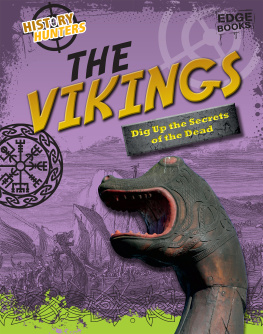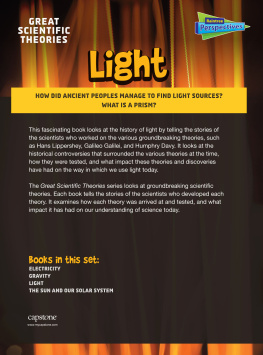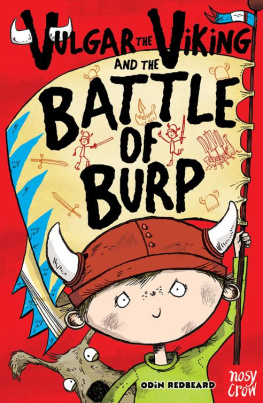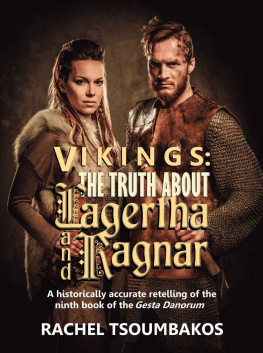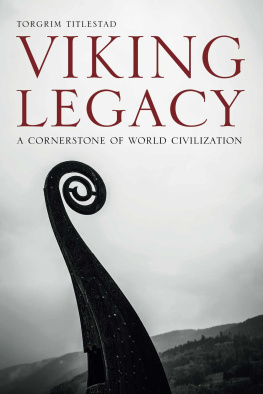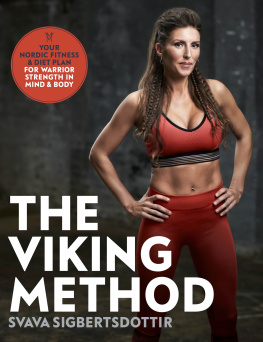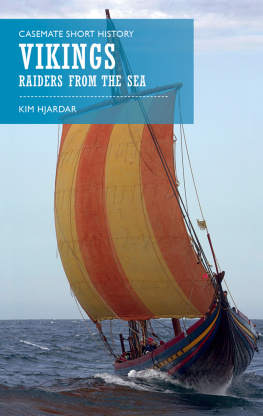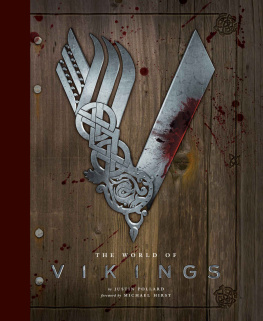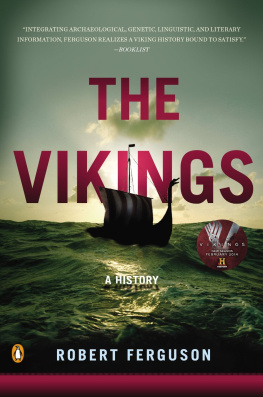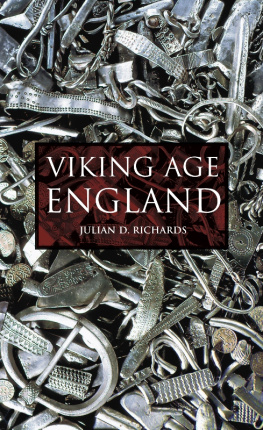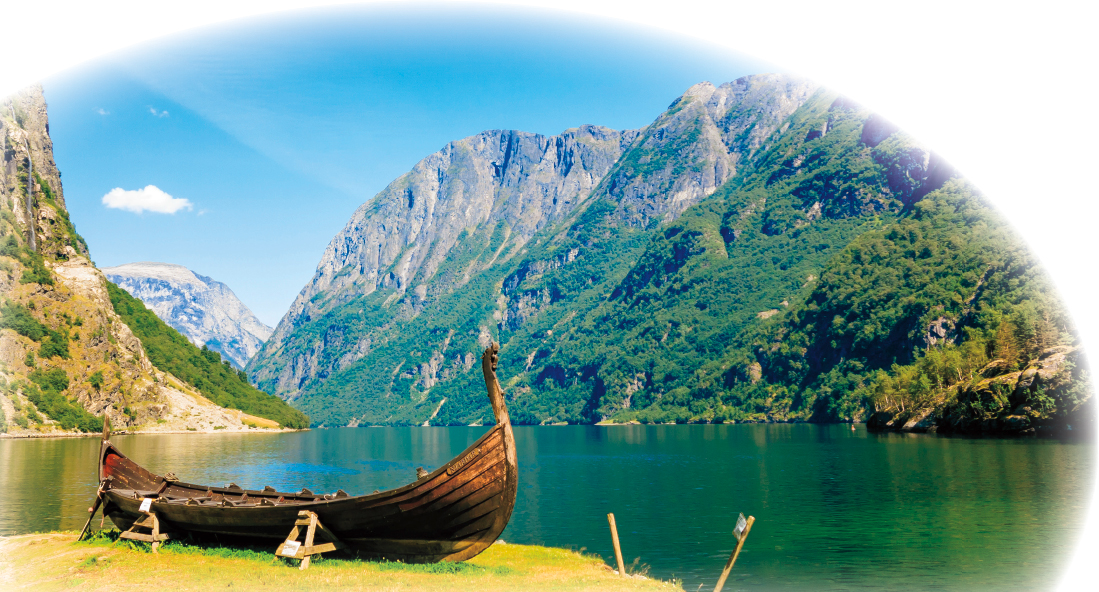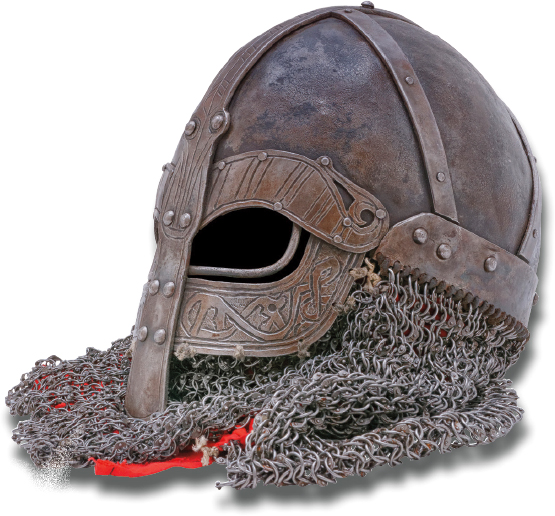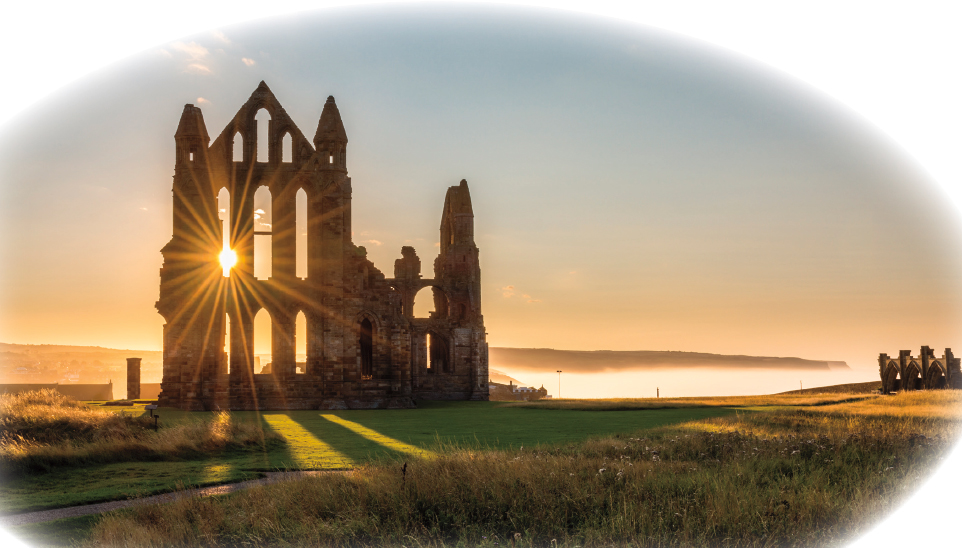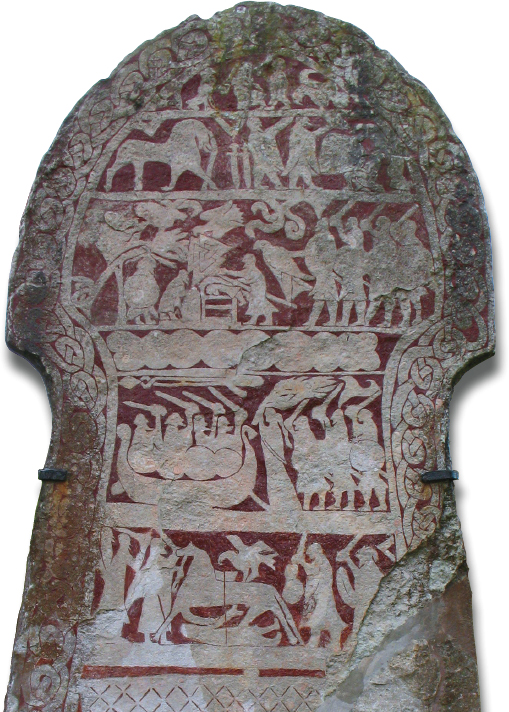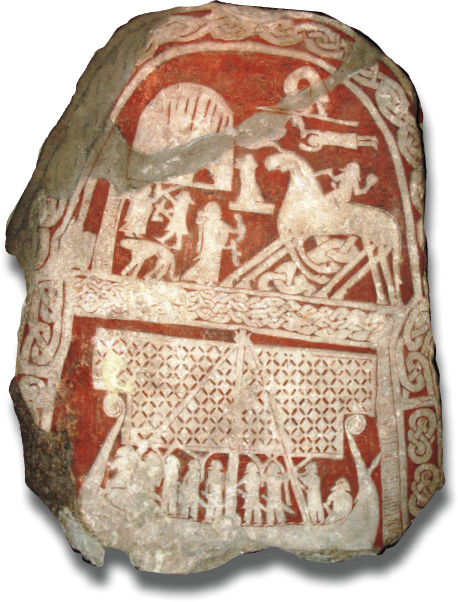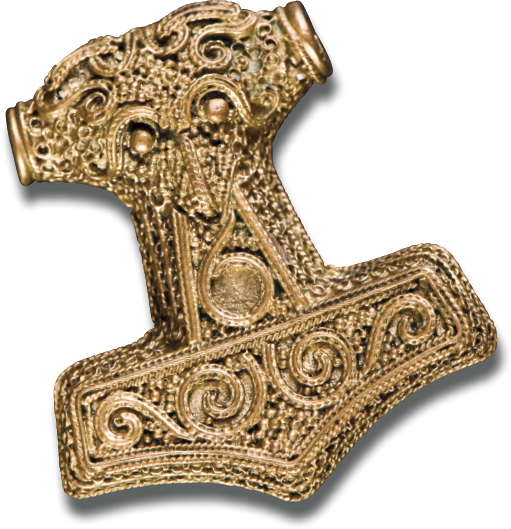Through the book you will find Deadly Secrets that show an historical object. Use the clues and the hint to figure out what the object is or what it was used for. Then check the answer to see if you are right.
THE VIKINGS
The Vikings came from an area in northern Europe known as . Early Vikingswere peaceful people. They were farmers and fishermen, living off the land and thecold waters of their home.
In CE 700, when they could no longer survive on their own land, they set off in shipsto search for new lands in which to live. They became explorers, and fierce, warriors. They terrified people and killed those who stood in their way. Eric Bloodaxe,Ivar the Boneless, Ragnar Shaggy-Trousers, and Thorstein the Black are some of historysmost famous Vikings.
The Vikings came from the countries we now call Denmark, Norway, and Sweden.
Running Amok Among the Monks
The Vikings first successful raid was in CE 793, when they attacked the Christian were easy targets.They had no weapons and they did not fight back. The Vikings burned buildings. Theykilled the monks or chased them into the sea to drown. They stole treasures suchas gold, silver, jewels, and books. After this, they set out to raid places throughoutEurope.
The word Viking comes from the Old word for a pirate raid.
Secrets of the Dead
Why the Vikings Set Off on Raids
- Better land: The land in Scandinavia was tough to farm because it was either too hilly, covered in forests, or too sandy. Many Vikings left in search of better land on which to grow crops and rear their cows, sheep, and pigs.
- More land: When a father died, the family farm passed down to the eldest son. Some younger men did not want to just work for their older brothers. They wanted land of their own. As there was a shortage of good land in Scandinavia, they had to go elsewhere to find it.
- Treasure: The Vikings also wanted treasureand lots of it.
DIGGING UP THE PAST
Most of what we know about the Vikings comes from under the ground. Graves tell usa lot about how they lived because Vikings were usually buried with their belongings.and silver bowls and knives in Viking graves.
These have survived because Viking craftsmen made them out of long-lastingmaterials such as stone, metal, bone, and hardwood that do not rot easily. Archaeologistshave also found woolen clothes that were preserved in frozen soil for hundreds ofyears. Using these pieces of evidence, archaeologists can figure out how the Vikingslived. They can also tell what they wore and some of the things they believed in.
The treasures the Vikings stole from across Britain and Ireland tell us wherethey raided and when.
Secrets of the Dead
How We Know Vikings Were Also Victims
In 2009, road builders digging up an old quarry pit in Dorset, England, found about 50 skeletons. By studying their teeth, experts realized that the mass grave contained Viking men. They were mostly aged 18 to 25 years and they had all been executed. Their heads had been cut off and piled up on one side. The experts dated the site as being from CE 9701025. This tells us that they could have been victims of an order given by Saxon King Ethelred the Unready in CE 1002 to kill Vikings who were in England at that time.
Picture Stones
Vikings also carved pictures into large slabs of stone up to 13 feet (4 meters) high.These are shaped like a keyhole and look a little like giant comic strips. Picturestones are carved with images that show buildings, people, objects, and landscapes.They have images of Viking gods and kings that tell us about their beliefs and .
Vikings put up picture stones to remember important Vikings after they died. Theyalso marked the boundaries of a familys land. Picture stones were sometimes placednear graves or more often, by pathways where people would see them regularly.
This picture is one of the famous Stora Hammars stones from Sweden. It shows warriors,weapons, horses, and Viking ships.
GRUESOME GODS AND LUCKY CHARMS
Vikings believed that their many gods lived in a kingdom in the sky called Asgard.Asgard was connected to Midgard (the Earth) by a rainbow bridge.
One-eyed Odin was the god of wisdom and war. He was in charge of the other gods.He rode around on an eight-legged horse named Sleipnir. Odin knew everything thatwent on in both worlds thanks to his two black ravens, Memory and Thought. They flewaround and told Odin everything they had seen.
This picture stone shows Odin on his magical horse named Sleipnir (top right). Sleipnirmeans the sliding one. Some experts believe that this picture stone shows Odinarriving at the world of the dead.
Deadly Secrets
This is a Viking in the shape of Thors hammer. All over the Viking world, many people wore amulets like these, especially those Vikings who went to sea. What do you think an amulet is?
Hint: Seas were rough and Vikings needed all the luck they could get when on their ships.
Answer: An amulet is a lucky charm. Amulets with Thors hammer were very popular because Vikings believed he and his hammer could protect them from harm.
Gods and Battles
The Vikings told stories about the wild adventures of their gods and goddesses. Evilgiants, dark elves, and dwarves also lived in Midgard. The gods fought these giantsand evil forces. Vikings believed that the world would end with one dreadful, finalbattle between the gods and the giants. Viking chiefs acted as priests to lead Vikingrituals at stone of weapons,jewelry, and tools into lakes for the gods.
Secrets of the Dead
Viking Gods and Goddesses
- Thor: Thor was the powerful god of thunder. Vikings believed a flash of lightning meant that Thor had flung his hammer, which he used to protect the gods against the giants.
- Freya: Freya was the goddess of love and marriage. One of her vehicles was a chariot drawn by cats.
- Loki: Loki was the god of tricks. He changed into many different forms to carry out his mischief.
FIERY FUNERALS AND SCARY SACRIFICES
Viking warriors were fearless. They flung themselves into battle as if they had nothingto lose. They believed that warriors who died in battle would spend the feasting at a long table in a paradise called Valhalla, inside Asgard.
Viking ships were so important that after great warriors died, they were buried inboats or boat-shaped graves. These were covered with earth mounds. Often they weremarked with huge stones that formed the shape of a boat, called a stone ship. Sometimes,an important leader would be placed on his ship. The ship was then set alight andallowed to drift out to sea. His people would watch from the shore.

